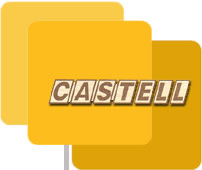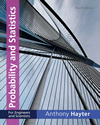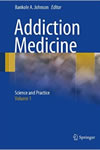4/18/2010· Digital Forensics
Like other latent evidence that cannot be directly perceived by people, bit sequences have to be presented through tools. Presentations of digital forensic evidence often involve the presentation of text versions of bit sequences representing traces of events that took place within digital systems.













